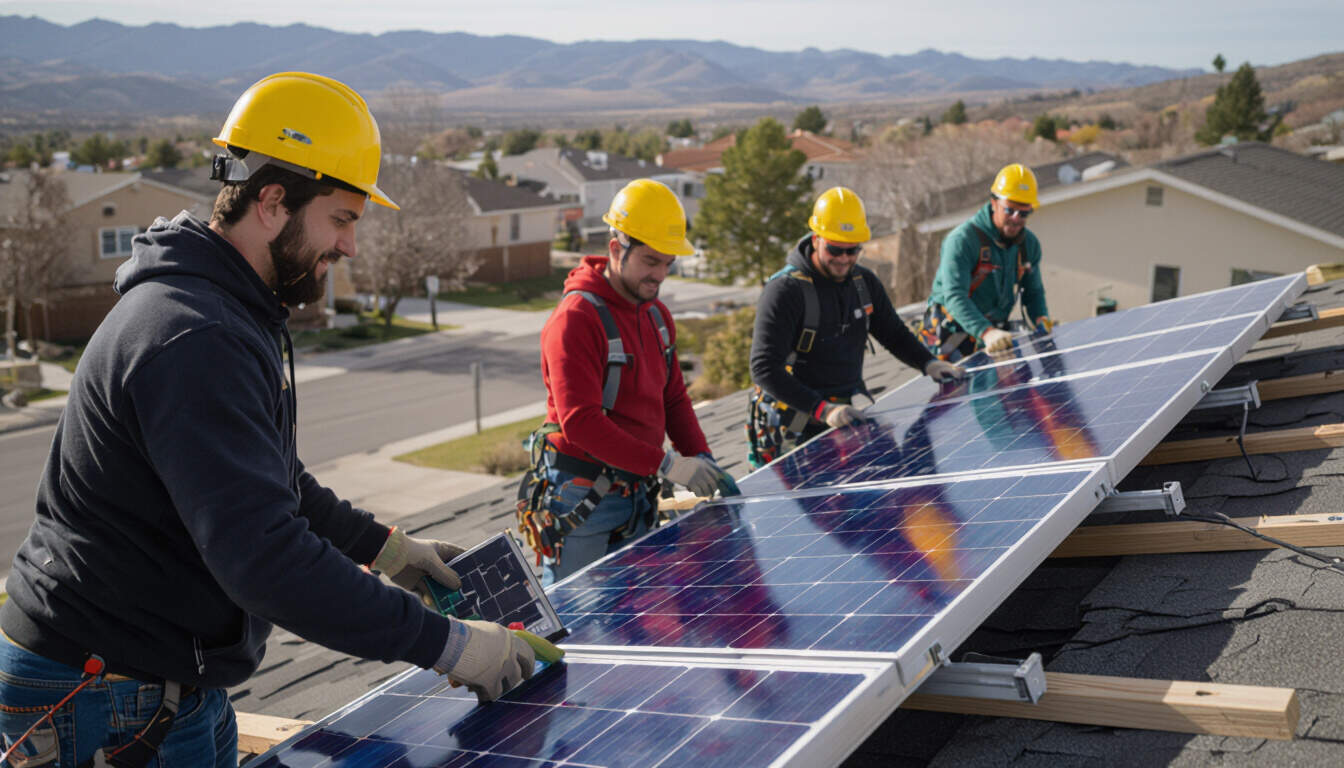Emerging Trends in Energy Democratization
 by Verner Mayer
by Verner Mayer
Energy democratization is reshaping how businesses and communities manage resources, focusing on accessibility and efficiency. This article explores key trends, practical strategies, and case studies that support strategic energy budgeting for better sustainability outcomes.

Energy democratization refers to the shift towards making energy production and consumption more inclusive and decentralized. This movement emphasizes community involvement and local control over energy sources. One key trend is the rise of renewable energy sources like solar and wind, which enable individuals and businesses to generate their own power.
In recent years, advancements in technology have supported this trend. For instance, smart grids allow for better distribution of energy from various sources. These systems help reduce waste and improve overall efficiency in energy use. Businesses can adopt such technologies to optimize their budgets by lowering reliance on traditional suppliers.
Practical strategies play a vital role in this process. Companies might start by conducting energy audits to identify areas for improvement. Once identified, implementing energy storage solutions can stabilize supply and cut costs. A focus on energy efficiency ensures that resources are used wisely, leading to long-term savings.
Case studies provide real insights into these strategies. In Germany, community energy projects have successfully integrated wind farms into local grids. Participants in these projects share the benefits, including reduced energy bills and increased resilience. This approach has helped communities manage their budgets more effectively by distributing costs and rewards evenly.
Another example comes from the United States, where a cooperative in California installed solar panels on residential buildings. The initiative not only lowered individual expenses but also contributed to grid stability during peak demand. Such efforts highlight how democratization can lead to innovative budgeting practices that prioritize sustainability.
Emerging trends further enhance these developments. The integration of digital tools, such as monitoring software, allows users to track consumption in real time. This data-driven method helps in making informed decisions about energy use, aligning with broader goals of efficiency.
For energy managers, adopting these trends means rethinking traditional budgeting models. By incorporating decentralized options, organizations can mitigate risks associated with supply disruptions. This proactive stance supports overall business goals while promoting environmental responsibility.
Sustainability enthusiasts often advocate for policies that encourage wider participation. Government incentives for renewable installations have accelerated adoption rates globally. These measures make it easier for smaller entities to enter the energy market, fostering a more equitable system.
In practice, businesses can develop plans that include hybrid energy systems. Combining solar with battery storage offers a reliable alternative to conventional methods. This strategy not only reduces operational costs but also appeals to stakeholders who value green practices.
Looking ahead, the growth of electric vehicles represents another trend. These vehicles can serve as mobile energy storage, feeding back into grids when needed. This concept, known as vehicle-to-grid technology, opens new avenues for efficient resource management.
Overall, energy democratization offers pathways to more sustainable and cost-effective solutions. By focusing on trends like renewables and digital integration, stakeholders can achieve better outcomes in their energy strategies. The key lies in balancing innovation with practical implementation to ensure lasting benefits.
